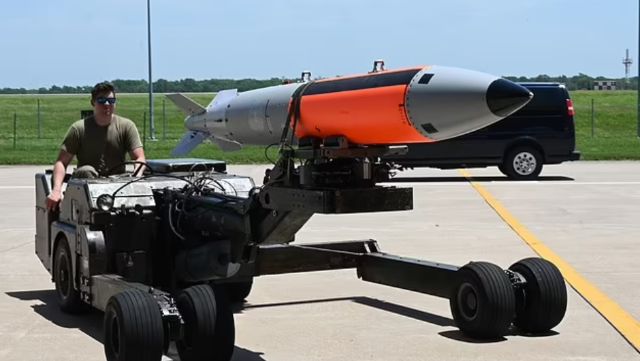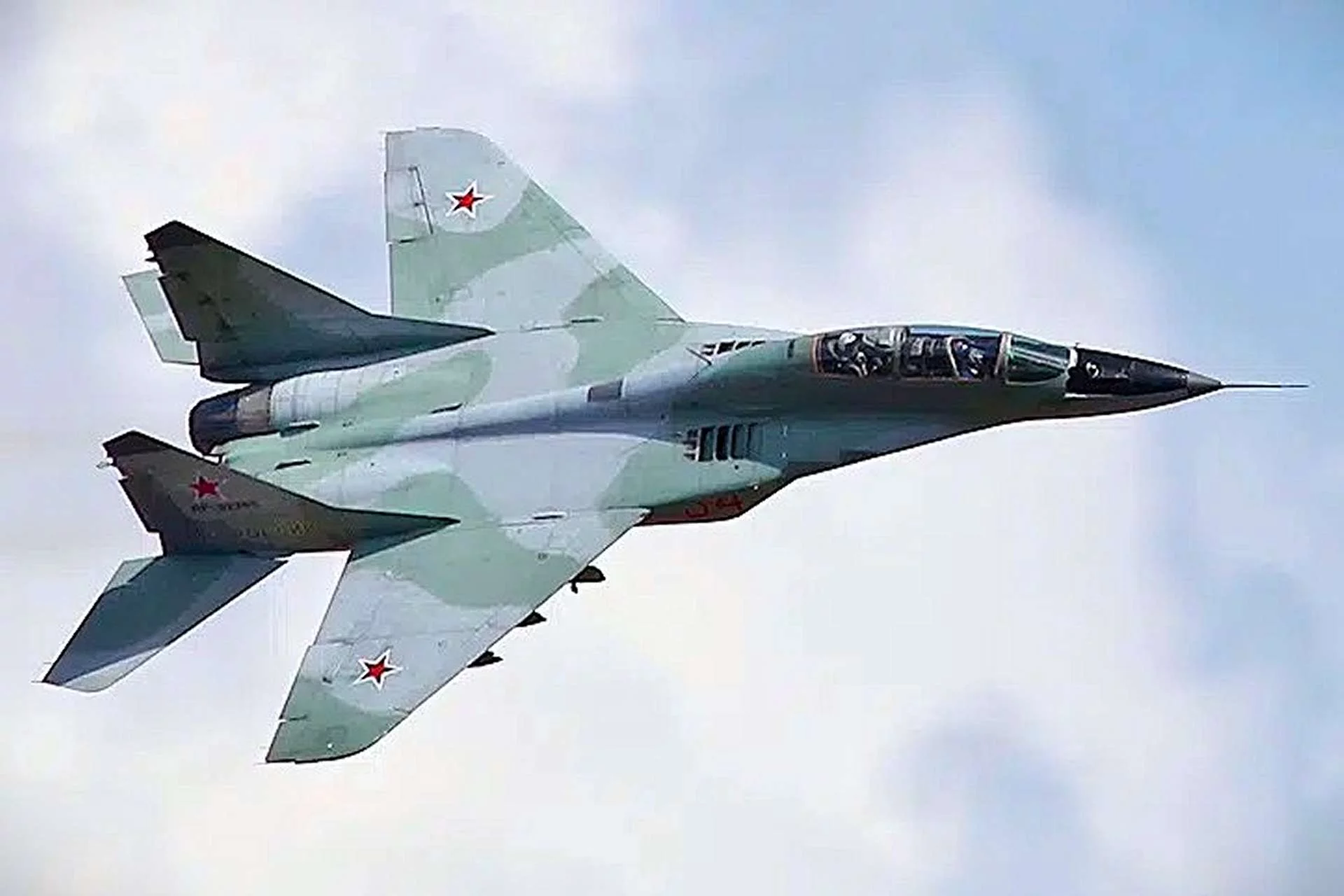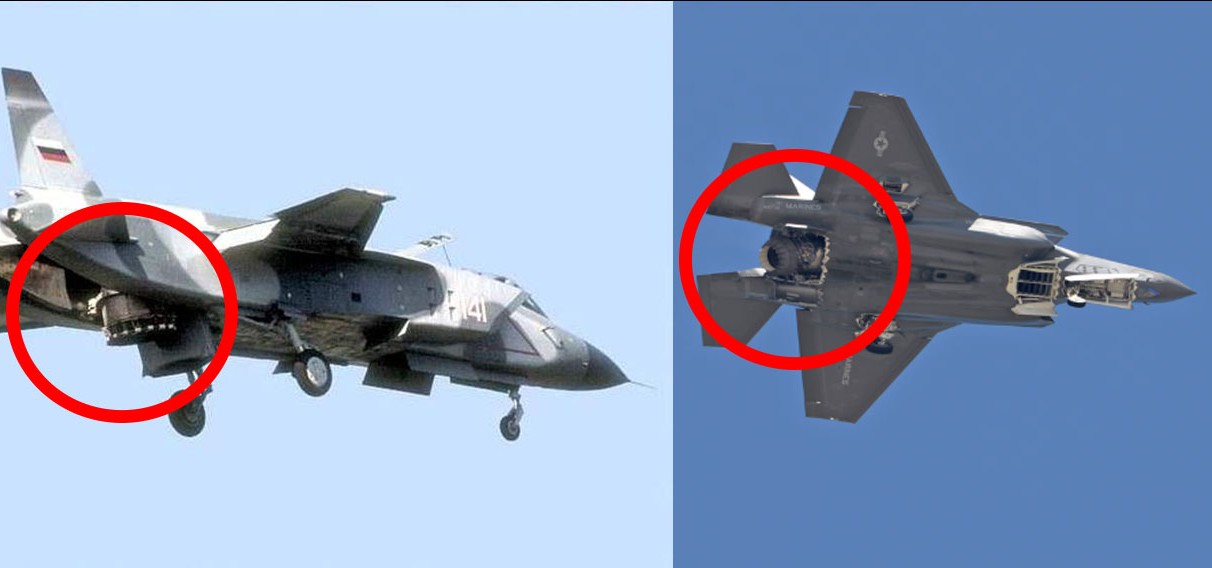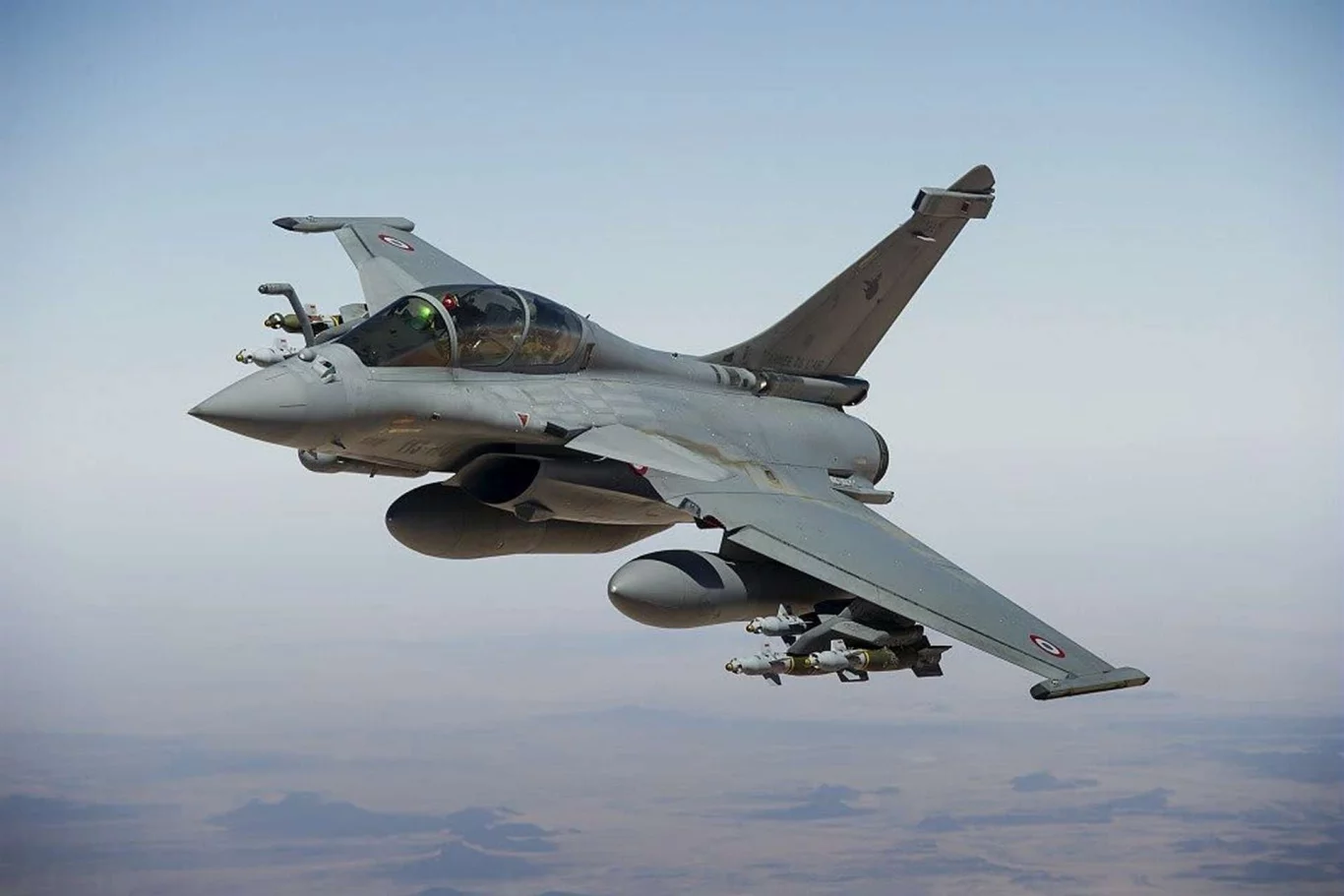In a significant move to strengthen NATO’s nuclear deterrence, the United States has reportedly deployed B61-12 nuclear bombs to RAF Lakenheath in the United Kingdom. A recent C-17 Globemaster III flight from the U.S. to the base has sparked speculation about the delivery of these advanced warheads, marking a pivotal moment in Western defense strategy amid rising global tensions.
Strategic Deployment Amid Global Tensions
The B61-12 nuclear bomb, a modernized version of the B61 family, is designed for precision and flexibility. With variable yields ranging from 0.3 to 50 kilotons, these bombs can be tailored for specific mission requirements, offering both tactical and strategic capabilities. The deployment to RAF Lakenheath, a key U.S. Air Force base in Europe, underscores the U.S. commitment to NATO’s collective defense, particularly in response to growing concerns over Russian activities in Eastern Europe.
The C-17 flight, observed landing at RAF Lakenheath, is believed to have transported critical nuclear assets, including the B61-12 bombs. This move aligns with NATO’s ongoing efforts to modernize its nuclear arsenal, ensuring a credible deterrent against potential adversaries. The bombs are likely intended for use with U.S. and NATO fighter jets, such as the F-35A Lightning II, which is certified to carry these warheads.
RAF Lakenheath: A Strategic Hub
RAF Lakenheath, located in Suffolk, England, has long served as a cornerstone for U.S. military operations in Europe. The base hosts the 48th Fighter Wing, equipped with advanced aircraft capable of delivering both conventional and nuclear payloads. The return of nuclear weapons to Lakenheath, which last housed such assets during the Cold War, signals a strategic shift in response to evolving geopolitical challenges.
This deployment follows years of infrastructure upgrades at the base, including the construction of new storage facilities designed to securely house nuclear warheads. These enhancements reflect long-term planning to ensure NATO’s nuclear posture remains robust and responsive.
Geopolitical Implications
The redeployment of nuclear weapons to the UK comes at a time of heightened global tensions. Russia’s ongoing military activities, including its invasion of Ukraine and increased rhetoric about nuclear capabilities, have prompted NATO to reassess its defense posture. The B61-12 deployment serves as a clear message to adversaries that the alliance is prepared to counter any threats to its security.
Moreover, this move strengthens the U.S.-UK partnership within NATO, reinforcing the “special relationship” between the two nations. It also enhances the alliance’s ability to respond rapidly to crises in Europe, the Middle East, or beyond, given the strategic location of RAF Lakenheath.
Technical Superiority of the B61-12
The B61-12 is a significant upgrade over its predecessors, featuring a new tail kit that enhances accuracy and reduces the need for high-yield detonations. This precision allows for more controlled and effective strikes, minimizing collateral damage while maximizing strategic impact. The bomb’s compatibility with modern aircraft, including the stealthy F-35, ensures NATO maintains a technological edge in nuclear deterrence.
Looking Ahead
The deployment of B61-12 nuclear bombs to RAF Lakenheath is a bold step in NATO’s efforts to maintain stability in an increasingly volatile world. While the U.S. and NATO have not officially confirmed the delivery, the C-17 flight and ongoing upgrades at the base strongly suggest a renewed focus on nuclear readiness. As global security dynamics continue to evolve, this strategic move underscores the alliance’s commitment to deterrence and defense.




